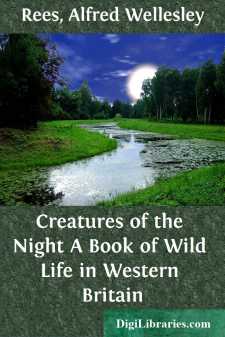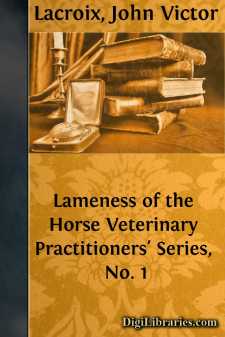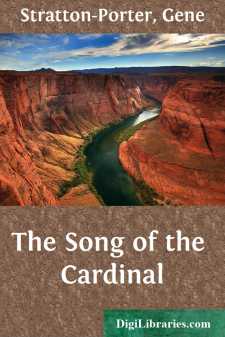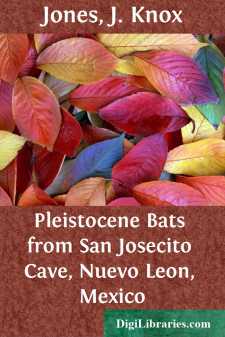Nature
Nature Books
Sort by:
by:
Various
THE BLUE JAY. URING about three-fourths of the year the American Jay is an extremely tame, noisy and even obstrusive bird in its habits. As the breeding season approaches he suddenly becomes silent, preparing the nest in the most secluded parts of his native forests, and exercising all his cunning to keep it concealed. He is omniverous but is especially fond of eggs and young birds. The Jay may be...
more...
INTRODUCTION. There is no island in the world, Great Britain itself not excepted, that has attracted the attention of authors in so many distant ages and so many different countries as Ceylon. There is no nation in ancient or modern times possessed of a language and a literature, the writers of which have not at some time made it their theme. Its aspect, its religion, its antiquities, and productions,...
more...
THE HOLT AMONG THE ALDERS. I first saw Lutra, the otter-cub, while I was fishing late one summer night. Slow-moving clouds, breaking into fantastic shapes and spreading out great, threatening arms into the dark, ascended from the horizon and sailed northward under the moon and stars. Ever and anon, low down in the sky, Venus, like a clear-cut diamond suspended from one of its many twinkling points,...
more...
SECTION I. In discussions of pathological conditions contributing to lameness in the horse, cause is generally classified under two heads—predisposing and exciting. It becomes necessary, however, to adopt a more general and comprehensive method of classification, herein, which will enable the reader to obtain a better conception of the subject and to more clearly associate the parts so grouped...
more...
THE KINGBIRD'S NEST. To study a nest is to make an acquaintance. However familiar the bird, unless the student has watched its ways during the only domestic period of its life,—nesting time,—he has still something to learn. In fact, he has almost everything to learn, for into those few weeks is crowded a whole lifetime of emotions and experiences which fully bring out the individuality of the...
more...
Chapter 1 He darted through the orange orchard searching for slugs for his breakfast, and between whiles he rocked on the branches and rang over his message of encouragement to men. The song of the Cardinal was overflowing with joy, for this was his holiday, his playtime. The southern world was filled with brilliant sunshine, gaudy flowers, an abundance of fruit, myriads of insects, and never a thing...
more...
by:
Francis Kermode
The present list is intended to include all birds which have been so far proven to occur in British Columbia. I am fully aware of its incompleteness, and very much regret much of its lack of more definite information regarding the distribution of certain species, and with regard to that portion of the Province in north and northeastern interior, which, I have no doubt, is a valuable field for work....
more...
Among the manifold operations of living creatures few have more strongly impressed the casual observer or more deeply interested the thoughtful student than the transformations of insects. The schoolboy watches the tiny green caterpillars hatched from eggs laid on a cabbage leaf by the common white butterfly, or maybe rears successfully a batch of silkworms through the changes and chances of their...
more...
CHAPTER I THE SUBJECT AND THE POINT OF VIEW I submit in the following pages a proposition and a proposal—a distinction which an old-country writer of English may, perhaps, be permitted to preserve. The proposition is that, in the United States, as in other English-speaking communities, the city has been developed to the neglect of the country. I shall not have to labour the argument, as nobody...
more...
by:
J. Knox Jones
Some of the Pleistocene mammals from San Josecito Cave, near Aramberri, Nuevo León, México, collected by field parties of the California Institute of Technology under the direction of the late Professor Chester Stock, have been reported previously (see Furlong, 1943; Cushing, 1945; Stock, 1950; Hooper, 1952; Findley, 1953; Stock, 1953; Handley, 1955; Jackway, 1958). In 1950, Professor Stock loaned a...
more...











